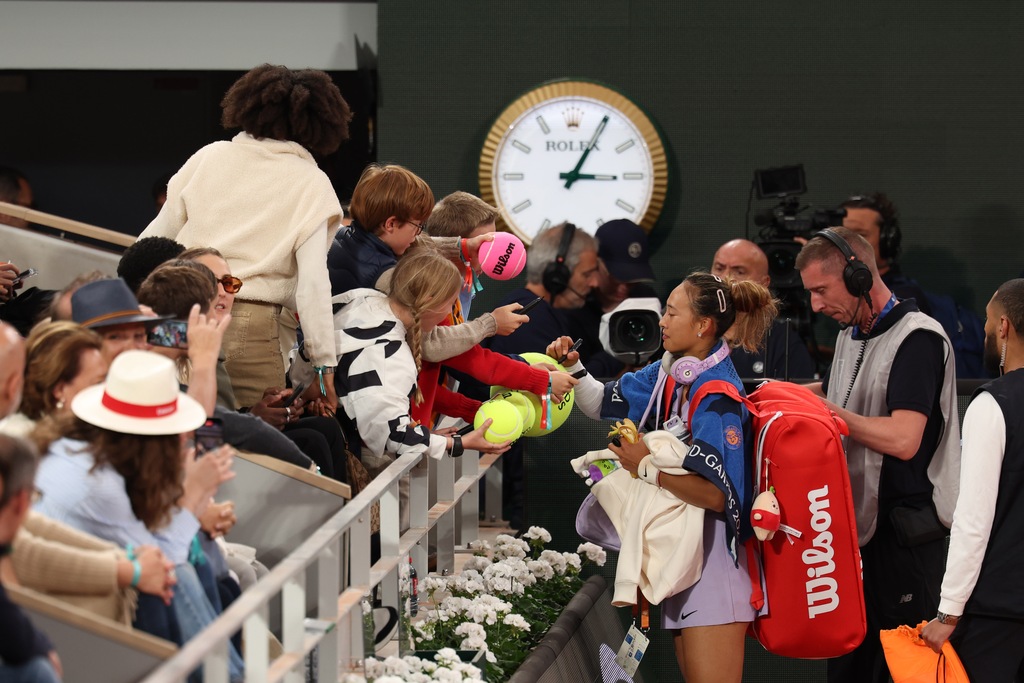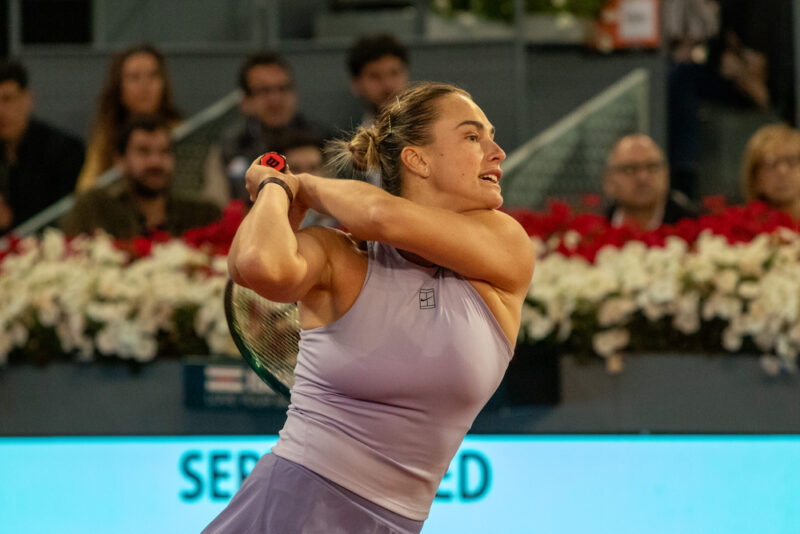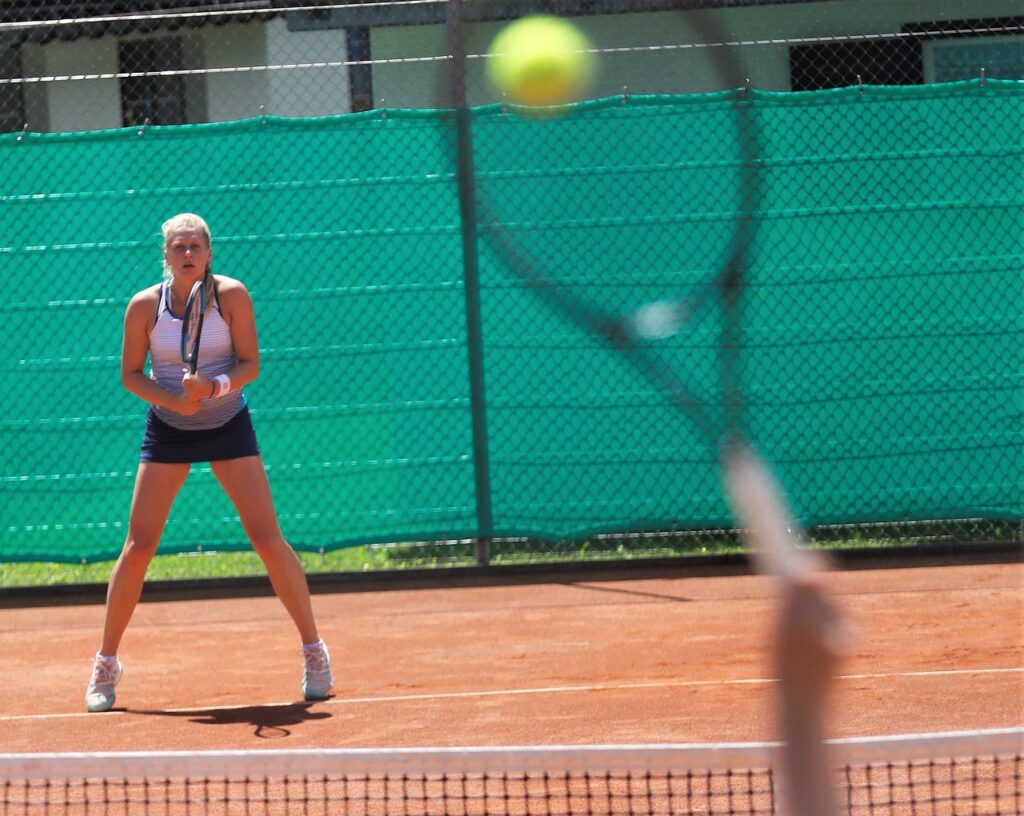Tennis Industry Digest #5: Women are left out of prime time at Roland Garros

Illustrative image only. Qinwen Zheng, Rolex Testimonee, at Roland-Garros 2025. Image courtesy of Rolex.
Key developments and trends shaping the tennis industry, May 26 – June 1.
Since June 2023, not a single women’s singles match has featured in the evening slot on Court Philippe Chatrier — the French Open’s most prestigious stage, broadcast exclusively by Amazon Prime. In 2025, the pattern continued: all eight night sessions in the opening week were given to men.
Organisers point to match length. Best-of-five men’s contests typically last longer and offer more “value” for broadcasters. “It’s hard to satisfy everyone,” said tournament director Amélie Mauresmo. With only one match per night, a short two-set women’s clash is seen as a commercial risk.
Players disagree. Iga Swiatek, Coco Gauff and Ons Jabeur have all called for change. Jannik Sinner offered a pragmatic solution: if women’s matches are shorter, show two. The court may be equal, but prime time remains a currency — and right now, it’s not being shared.
For the tennis industry, the message it sends matters. Visibility drives sponsorship, shapes fan bases and defines long-term value. If women remain sidelined in the sport’s most watched moments, the gap will only widen — not just in perception, but in investment.
As Sinner cruises, the seeds collapse
Turning to the action on court, the Italian star continues to display outstanding form, confidently working his way through the Roland Garros draw. In the first round, he defeated Arthur Rinderknech 6–4, 6–3, 7–5. In the second, he all but ended Richard Gasquet’s career with a commanding 6–3, 6–0, 6–4 win. Then, in the third round against Jiri Lehecka, he once again wrapped things up in straight sets — the Czech managed to win just three games against the dominant Italian.
While Sinner gains momentum, many of the tournament’s top contenders have already made early exits. Taylor Fritz suffered a shock first-round defeat to Daniel Altmaier. Daniil Medvedev failed to serve out the match and lost in the second round to Cameron Norrie. Stefanos Tsitsipas played so poorly that his loss to qualifier Matteo Gigante barely came as a surprise. Casper Ruud, Alex de Minaur, and Holger Rune are also out.
The men’s tour had already shown signs of collapse when the world No.1 began his campaign. Now it looks like he’s simply revising what he already knows.
Sabalenka’s dominance becomes a problem
But if there is at least some intrigue in men’s tennis, on the women’s side it’s Arina Sabalenka who’s steadily asserting her dominance. She isn’t just winning — she’s not letting anyone even push her to a third set. Not even Amanda Anisimova, who had a 5–3 lead in their head-to-head record going into the match, could stop Sabalenka from powering into the quarterfinals. Which raises the obvious question: who can?

Yes, Iga Swiatek had an incredible match against Elena Rybakina, but it’s still clear the Pole doesn’t look entirely comfortable on court right now. Coco Gauff has lost her last two finals and continues to rack up double faults like a machine. Sure, Mirra Andreeva stopped Sabalenka at the semifinal stage last year — and she is making another impressive run in Paris — but everyone remembers how Arina was battling stomach issues during that match and could barely stay in some of the rallies.
Now Sabalenka is set to face Qinwen Zheng in the quarters — an Olympic champion who finally beat her in Madrid — but even with that background, it’s hard to believe she has any real shot. And that, perhaps, is the most discouraging thing that can happen in tennis: when there’s no suspense left.
Dutch tennis unites for single sponsorship deal
Four major players in Dutch tennis — the national federation (KNLTB), broadcaster Ziggo Sport, and the organisers of the ABN Amro and Libema Opens — have come together to find a single sponsor for the sport as a whole. Their joint initiative, called 365 Days of Tennis, aims to secure a long-term partner willing to support both professional tournaments and grassroots programmes.
This kind of coordination is rare. Normally, each part of the tennis ecosystem looks for sponsors on its own, leading to competition and mixed signals. The Dutch model offers a more streamlined approach: one sponsor, one message, year-round coverage. In return, the brand would gain exposure across television, live events, social media, and the full calendar of Dutch tennis. Together, the two tournaments attract over 200,000 spectators and reach a global broadcast audience of more than 100 million.
Talks with potential sponsors are already under way, led by the marketing agency SportVibes. The pitch is not just about visibility — it is about aligning with the sport at every level.
If it works, the project could offer a useful template for other markets. In a fragmented media landscape, a more unified offer may prove more valuable — and easier to sell.
Every week, we pick the stories that matter – and tell them like they deserve to be told. If it resonated – send it to a colleague who sees the bigger picture too.




